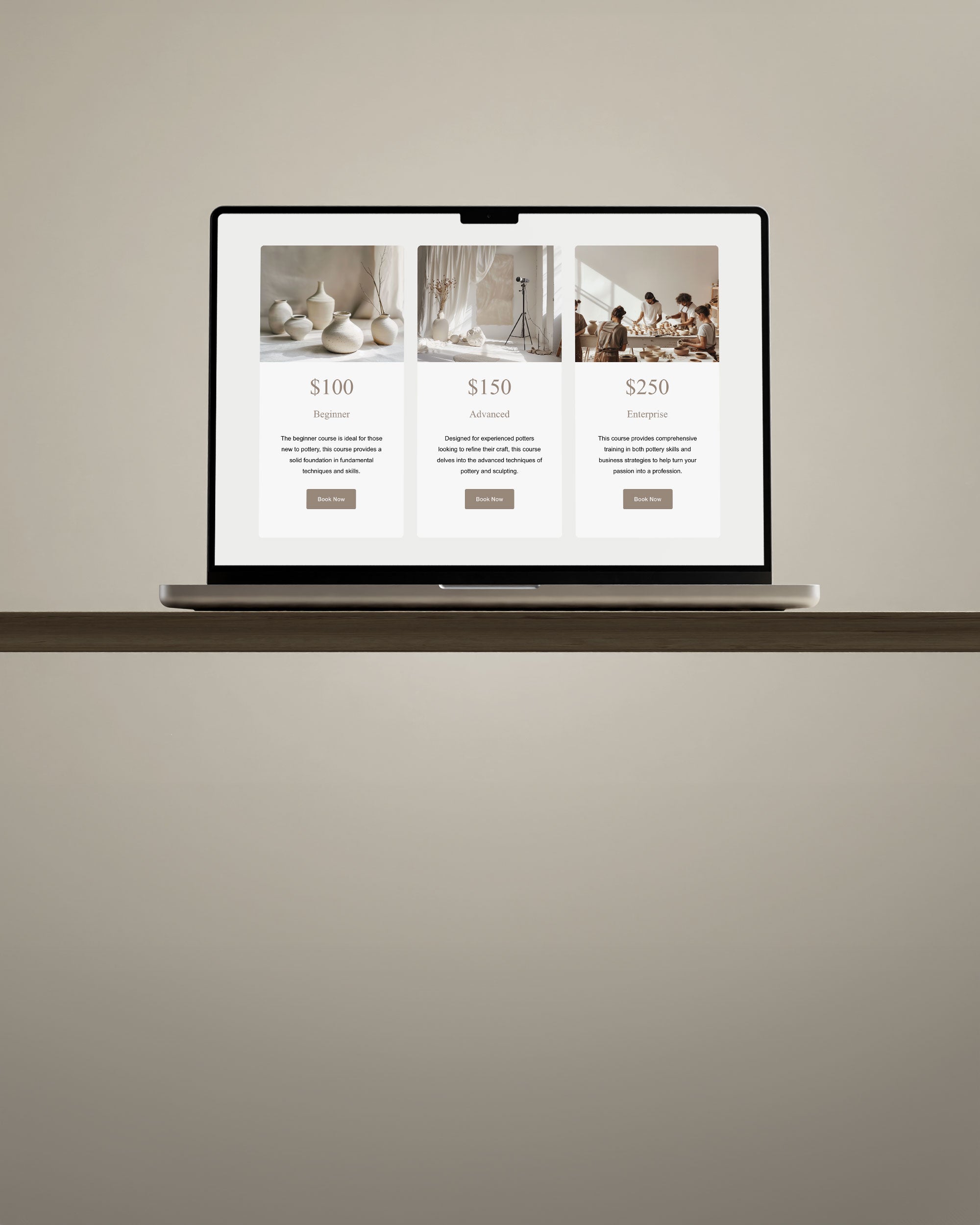As a graphic designer, understanding color psychology is crucial in creating designs that truly resonate with your target audience. Colors are known to evoke emotions and convey messages, making them a powerful tool in the world of design. In this blog post, we will delve into the basics of color psychology and how it can be used to create effective designs.
Table of Contents
What is Color Psychology?
Color psychology is the study of how colors affect human behavior and emotions. Different colors can evoke different emotions and moods, making them a powerful tool in the world of design. By understanding the psychology of colors, graphic designers can create designs that not only look aesthetically pleasing but also resonate with their target audience.
The Meaning of Colors
Each color has its own unique meaning and can evoke different emotions and moods. Here are some of the most common meanings associated with different colors:
- Red: Passion, love, energy, and excitement. It can also evoke feelings of danger and warning.
- Orange: Joy, creativity, and enthusiasm. It can also be associated with caution and warmth.
- Yellow: Happiness, optimism, and sunshine. It can also evoke feelings of caution and warning.
- Green: Nature, growth, and harmony. It can also be associated with jealousy and illness.
- Blue: Trust, calmness, and reliability. It can also evoke feelings of sadness and coldness.
- Purple: Royalty, luxury, and creativity. It can also be associated with mystery and sadness.
- Black: Power, sophistication, and elegance. It can also be associated with death and mourning.
- White: Purity, innocence, and cleanliness. It can also evoke feelings of emptiness and coldness.
Using Color Psychology in Design
Understanding the meaning of colors is just the first step in using color psychology in design. Here are some tips on how to use colors effectively in your designs:
- Consider your target audience: Different colors can appeal to different demographics. For example, bright colors may appeal to younger audiences, while muted colors may appeal to older audiences.
- Use color to evoke emotions: Use colors to create a specific mood or emotion in your design. For example, if you want to create a sense of calmness, use shades of blue or green.
- Choose colors that complement each other: When choosing colors for your design, make sure they complement each other well. Using colors that clash can create a jarring and unpleasant effect.
- Pay attention to color combinations: Using different combinations of colors can evoke different emotions. For example, using red and black together can create a sense of danger or warning.
Conclusion
Understanding color psychology is essential for graphic designers who want to create designs that truly resonate with their target audience. By using colors effectively, designers can evoke specific emotions and create a powerful emotional connection with their viewers. Remember to consider your target audience, use colors to evoke emotions, choose colors that complement each other, and pay attention to color combinations. With these tips, you can create designs that not only look great but also convey a powerful message.
FAQ
Q: Can color psychology influence consumer behavior?
A: Yes, color psychology can play a significant role in consumer behavior, affecting their purchasing decisions and overall brand perception.
Q: Can different cultures interpret colors differently?
A: Absolutely! Colors can have varying cultural meanings, so it's essential to consider cultural context when designing for global audiences.
Q: Are there specific colors that are universally appealing?
A: While some colors, like blue and green, tend to have broad appeal, individual preferences can still vary based on personal experiences and cultural influences.
Q: Can using too many colors in a design be overwhelming?
A: Yes, an excessive number of colors can create visual clutter and make it challenging for the audience to focus on the main message.
Q: How can I create a harmonious color palette for my design?
A: Consider using color harmony techniques like complementary or analogous color schemes to ensure a visually pleasing and balanced palette.
Q: Can colors influence the perception of a brand's personality?
A: Absolutely! Colors can contribute to the overall personality and brand identity, affecting how the brand is perceived by the audience.
Q: Can color choices impact the readability of text in a design?
A: Yes, using low-contrast color combinations or highly saturated colors for text can make it difficult to read, negatively affecting the user experience.
Q: Can color psychology be used in marketing and advertising?
A: Yes, color psychology is widely used in marketing and advertising to create powerful and memorable brand experiences.
Q: Can changing the color scheme of a website impact user engagement?
A: Yes, a well-chosen color scheme can enhance user engagement and influence how visitors interact with the website and its content.
Q: Can color choices influence the perception of product quality?
A: Yes, certain colors are often associated with premium or budget products, which can impact the perceived quality of a product.



